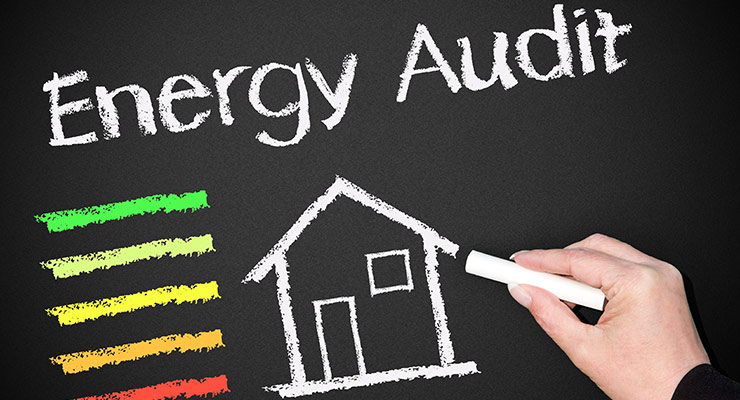Fast read
Refrigerators are necessary for keeping food fresh. The amount of energy they consume varies based on their size, placement, frequency of use, and age. Larger and commercial fridges tend to use more power, while warmer environments and frequent door openings increase energy consumption. In Australia, the average household fridge consumes 400-800 kWh annually.
Estimating power usage involves checking compliance plates or using plug-in power meters. Energy efficiency ratings provide guidance, but actual usage may differ. Understanding wattage across models helps optimise energy use. Tips for reducing consumption include setting proper temperatures, ensuring ventilation, adopting smart usage habits, and considering energy-efficient upgrades.
While refrigeration is a significant energy consumer, implementing energy-saving measures can minimise environmental impact and reduce costs, contributing to a sustainable future.
Exploring Refrigerator Watt Consumption: Understanding Energy Usage and Efficiency
Refrigerators are indispensable household appliances, preserving food and beverages and keeping them fresh for consumption. However, the energy consumption of these appliances can vary significantly depending on various factors. It’s important to know how many watts your refrigerator uses and what affects its consumption to save money on electricity. Let’s dive deeper into the intricacies of refrigerator power consumption.
Factors Influencing Refrigerator Watt Use
Several key factors influence the energy consumption of a refrigerator:
1. Type and Size
- Commercial display fridges often have higher power requirements compared to smaller domestic models.
- Larger fridges, such as side-by-side or French door configurations, consume more electricity than compact single-door models.
2. Location and Environment
- The ambient temperature and ventilation around the fridge can impact its energy efficiency.
- Placing the fridge in a warm location or an area with poor airflow can cause it to use more energy. This is because the fridge has to work harder in these conditions.

3. Usage Patterns
- The frequency of opening and closing the fridge door and its open duration affect energy consumption.
- An empty fridge may need to work harder to maintain temperature than a well-stocked one, as more cold air is replaced by warm air when the door is opened.
4. Age and Condition
- Older refrigerators or those with worn-out seals may be less energy-efficient, resulting in higher power consumption.
- Regular maintenance and servicing can help improve efficiency and extend the appliance’s lifespan.
Estimating Fridge Power Usage
1. Compliance Plate Information
- Check the compliance plate located inside the fridge to determine its rated wattage.
- To determine your daily household energy usage, calculate the wattage of each device you use and how long you use them. Multiply the wattage of the fridge by the hours you use it to determine the energy consumption. This calculation will show you how much energy you use on a daily basis.
2. Plug-in Power Meter
- Utilise a plug-in power meter to accurately measure the actual power consumption of the fridge over 24 hours.
- Analyse the data provided by the power meter to identify opportunities for energy savings and efficiency improvements.
Interpreting Energy Efficiency Ratings
While energy efficiency ratings (such as star ratings) can provide a general indication of a fridge’s efficiency, actual power consumption may vary based on usage patterns and environmental factors. Therefore, it’s essential to complement star ratings with real-world power consumption data obtained through plug-in power meter measurements.
Understanding Fridge Wattage Across Different Models
When it comes to fridges, the power they use can be different depending on their size and how they’re made. For example, a small fridge you might find in an office uses less power than a commercial-sized one you’d see in a supermarket.
Knowing how much power your fridge uses can help you save energy and money. If you understand how much power your fridge needs, you can make smart choices to use less energy.
Small office fridges, which are usually used for keeping drinks and snacks cool, don’t need as much power because they’re not as big. However large commercial refrigerators used in places like restaurants or stores require higher energy consumption to maintain low temperatures for storing large quantities of food.
By knowing how much power your fridge uses, you can decide if it’s worth it to get a more energy-efficient one. You can also save money by using your fridge in smart ways, like making sure it’s set to the right temperature and keeping it well-maintained.
So, knowing how much power your fridge uses can help you save energy, save money, and make better choices for the environment.

Tips for Reducing Refrigerator Watt Use
1. Optimise Temperature Settings
- Set the fridge and freezer temperatures to recommended levels to minimise energy consumption while ensuring food safety.
- Regularly check and adjust temperature settings based on seasonal changes and usage patterns.
2. Ensure Proper Ventilation
- Maintain adequate airflow around the fridge by avoiding blocking ventilation openings or placing the fridge in confined spaces.
- Clean the condenser coils regularly to improve heat dissipation and optimise cooling efficiency.
3. Practice Smart Usage Habits
- Minimise the frequency of opening and closing the fridge door to reduce energy losses.
- Don’t overcrowd the fridge because it can restrict airflow and make the compressor work harder. This can lead to increased energy consumption. Leaving enough space in the fridge for proper ventilation is important. Overloading the fridge can also affect its cooling efficiency.
4. Consider Energy-Efficient Upgrades
- When purchasing a new fridge, look for models that have high energy efficiency ratings. Also, consider models with advanced features such as variable-speed compressors and LED lighting. These features can help save energy and improve the overall performance of the fridge.
- Upgrade older refrigerators with energy-efficient components or retrofit them with smart sensors and controls to optimise performance.
Putting Fridge Power Consumption into Perspective
Refrigeration uses a lot of energy in homes. Refrigeration in homes consumes a significant amount of energy. However, we can lessen its environmental impact and lower electricity costs by implementing energy-saving tips and utilising new technology. By making these changes, we can save money and help protect the environment.
To better understand your fridge’s energy requirements, consider doing an energy audit. People and businesses can help make the future more sustainable by learning how different things affect a fridge’s energy usage. They can also use specific strategies to save energy. This way, they can still have efficient refrigeration.



